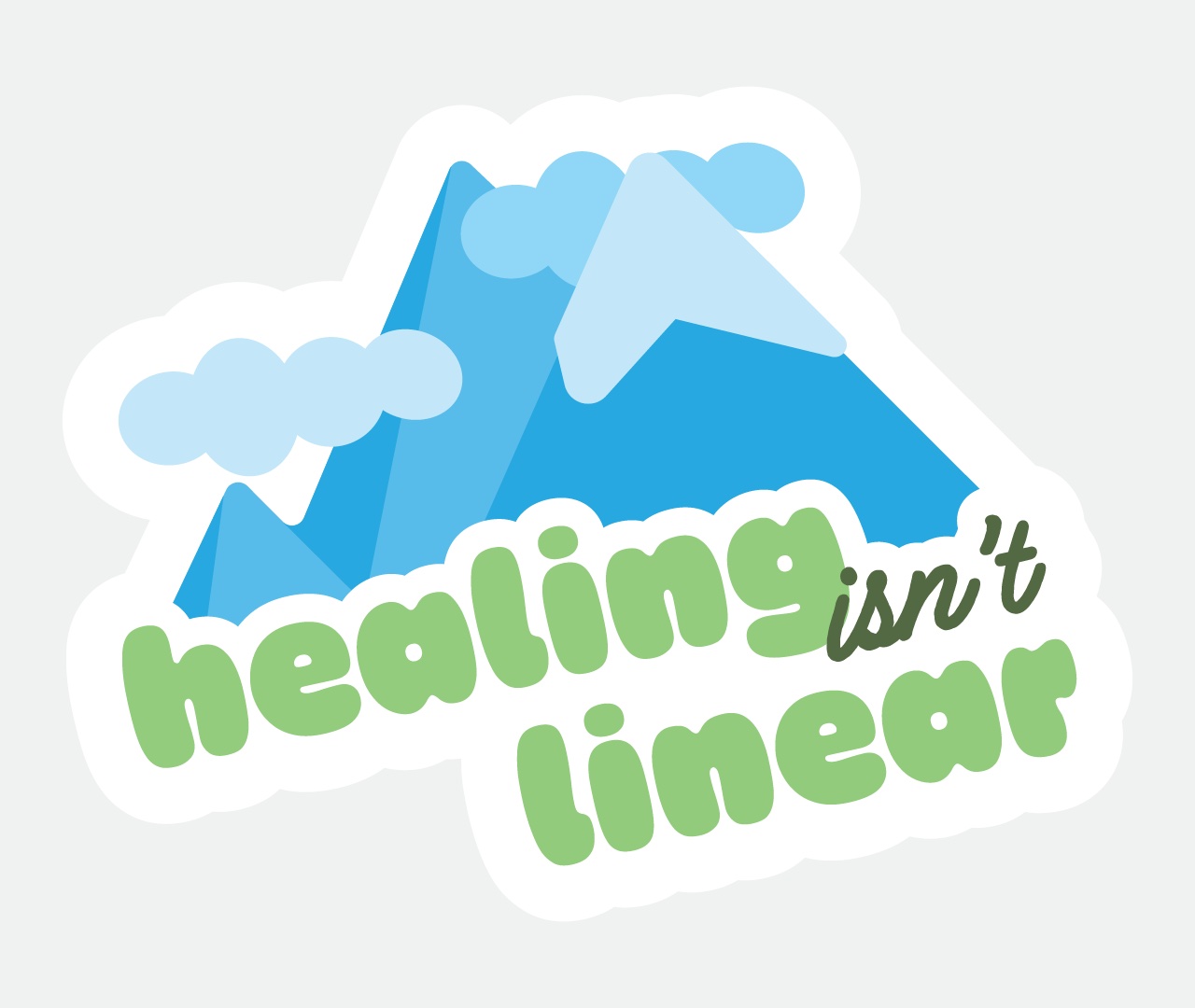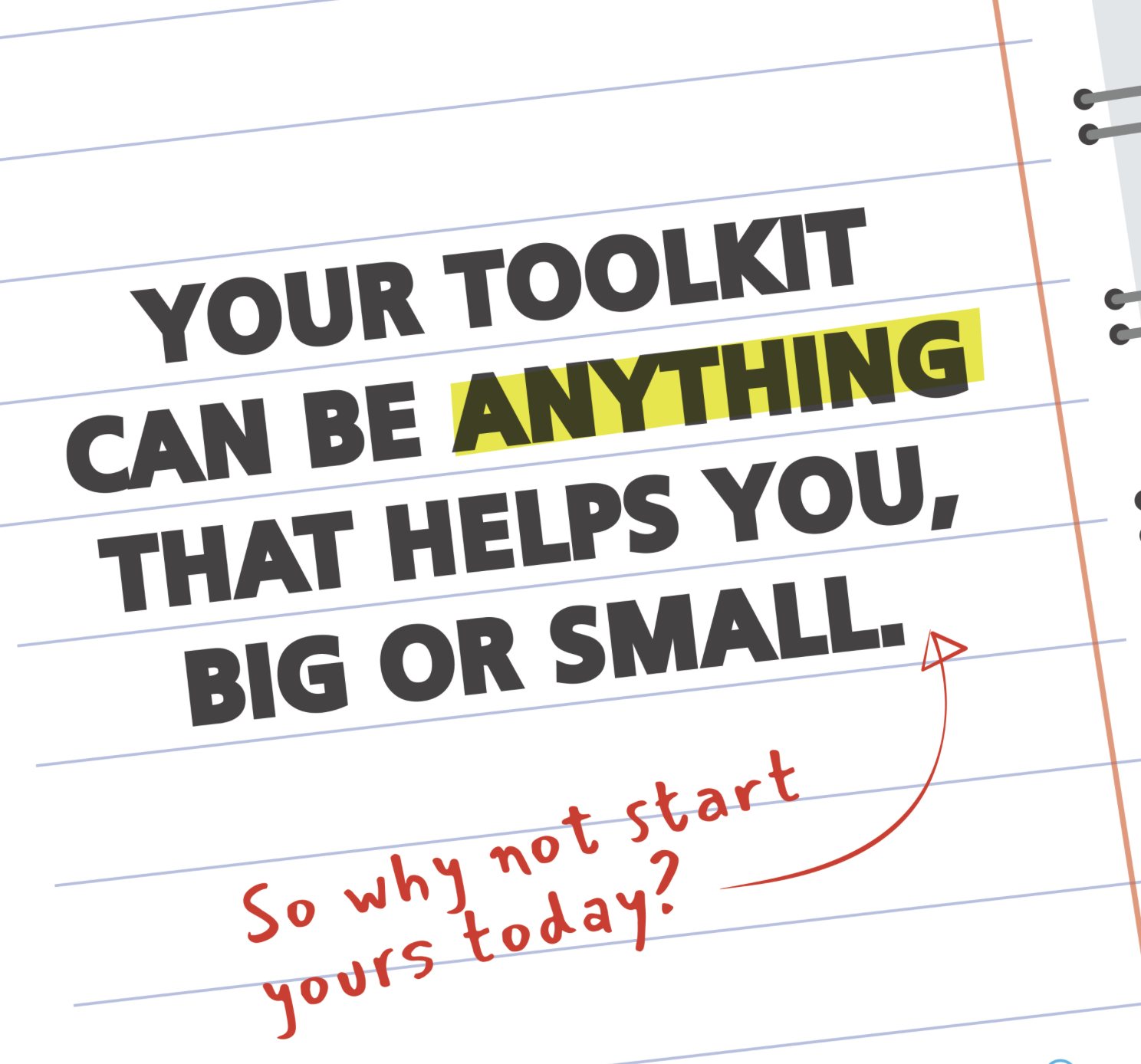My journey with self-harm and recovery
Content warning: This post discusses self-harm, suicidal ideation and coping strategies. Find urgent support services here. If you are in immediate danger or feel you might harm yourself, please contact emergency services right away.
I’m sharing this because self-harm used to be my way of trying to regain control. It wasn’t about wanting to end my life— it was about feeling less overwhelmed when emotions felt like they were taking over. Over time, through therapy, trial and error, and leaning on people I trusted, I learned to understand the urge and build healthier ways to cope. I’m nearly a year clean now, and I hope this post helps anyone who’s in the middle of that hard work.
My story
I used self-harm as a coping mechanism from my teenage years into adulthood. When someone said something hurtful or when situations outside my control affected my mood, I would immediately resort to self-harm — at least that way I felt like I could control what hurt me. I was terrified of confrontation and didn’t know how to tell people how I felt, so harming myself felt like the only option. Even after I started therapy, I couldn’t stop right away; in my head, I still had a “valid” reason to do it. I wasn’t impulsive and I tried to be as safe as I could, but one time I lost control and that terrified me. That incident made me realise I needed bigger changes. I began trying new methods and tracking the patterns around when urges were strongest. I also learned to physically remove myself from environments and people who triggered me.
What helped me (strategies I actually used)
What worked for me may not work for everyone — but it’s a starting point.
- Apps and routines. I used apps like Calm Harm to follow short breathing exercises and distraction tasks when an urge hit. I was sceptical at first, but once I made it part of a routine it became easier to handle. I also used these tools to track patterns in my behaviour.
- Changing my environment. I’d leave my room and go somewhere public (grocery stores were ideal — you’re around people but don’t have to interact), or visit a friend. Being around others reduced the chance I’d act on the urge.
- Tidy or small tasks. If I couldn’t leave the house, I’d start a small physical task — folding a T‑shirt, wiping a surface, or organising a shelf. The motion and tiny achievement calmed me.
- Cooking or baking. When I had the energy, baking or cooking helped because it demanded sustained focus. It’s not always possible, but when it worked it kept me fully occupied.
- Singing and music. Playing a familiar song and singing along helped regulate my breathing and shift my mood.
- Timing and check-ins. I learned which times my urges were strongest and asked friends to check in during those windows.
- Strong sensory alternatives. The rubber‑band trick didn’t work for me. I found holding a rough sensory item (like a small piece of rock) could distract me — but this isn’t a safe solution for everyone. Please be careful with anything that could cause harm.
- Immediate removal from triggers. If something someone said triggered me, I stepped away from the situation right away.
- Therapy and talking it through. Understanding where the urge comes from made it less mysterious and more manageable. Therapy taught me practical tools and how to regain control without harming myself.

A short safety plan I use
- If I’m in immediate danger: contact emergency services or talk to someone now
- Warning signs: e.g., feeling detached, replaying hurtful comments, a racing heart, wanting to isolate.
- Internal coping strategies: things you can do alone — breathing exercises, folding clothes, singing, apps.
- People & places: friends who’ve agreed to check in, safe places like shops or libraries.
- Professionals & helplines: your therapist, GP, and local crisis lines.
- How to make the environment safer: remove sharp objects from reach, lock away razors, avoid alcohol or drugs that reduce inhibition.
Tip: I keep this as a note on your phone so you can open it when thinking feels hard.
Quick grounding and breathing tools
- 5–4–3–2–1 grounding: name 5 things you see, 4 you can touch, 3 you hear, 2 you smell, 1 you taste.
- Square breathing: breathe in for 4, hold for 4, breathe out for 4, hold for 4 — repeat until calmer.
- Small physical task: fold a T‑shirt, wipe a surface, or do a single small chore.
When something isn’t enough — who to contact
If you feel you might act on an urge or you’re worried about safety, reach out to someone you trust right away. If you’re in immediate danger, contact emergency services. If saying “I have an urge to self‑harm” feels too hard, you could try: “I would like more attention/care today.” That can open the door without needing to name the behaviour.
How friends, family and partners can help
- Ask what helps — then do it. Don’t assume. Short, simple check‑ins at agreed times can be huge. Avoid bombarding the person with questions when they’re distressed; instead, ask if they have a safety plan or what helps and keep a note of it.
- Be calm and non‑judgmental. Panicking or shaming can make someone hide their feelings.
- Help make the space safer. Offer practical help removing items if the person agrees.
- Encourage professional support. Therapists, crisis teams, and GPs can help — offer to help find services or go with them.
What I want people to know
Negative emotions don’t mean you’ve lost control — they mean you’re human. The urge to self‑harm doesn’t make you weak; it means you’re coping the best way you know right now. There are other ways to cope, and you can find them. I’m nearly a year clean. It was a hard path, and I had moments of relapse, but that’s part of the journey. Be gentle with yourself — progress rarely moves in a straight line.
Closing
If you’re struggling, remember that recovery isn’t a straight line — and that’s okay. Relapse or setbacks don’t erase your progress. Each time you try a different coping strategy, reach out to someone, or even just pause before acting on an urge, that is a win. You are not alone, and support is out there.
More information and advice on self harm from MindMate

